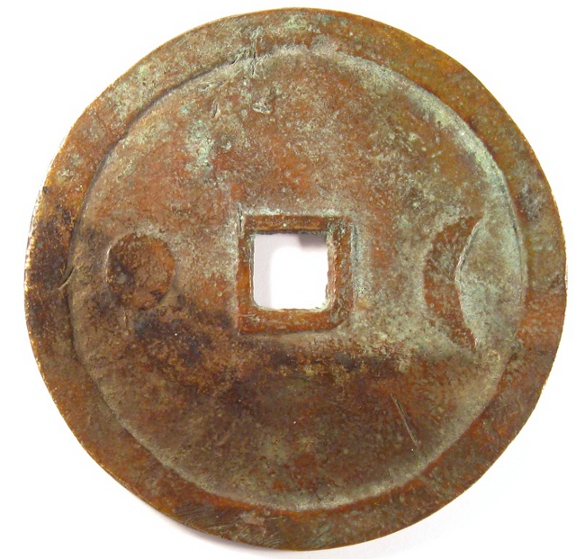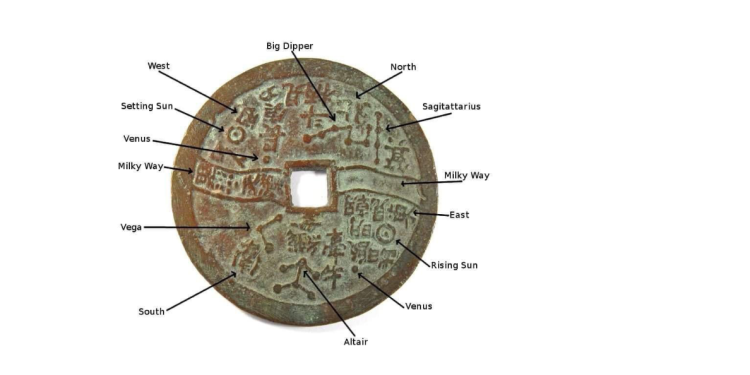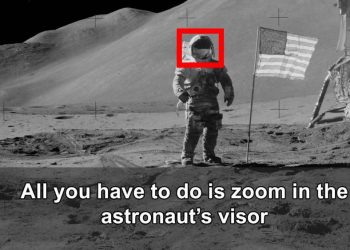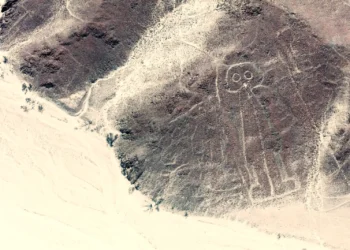My opinion is that while these ancient civilizations did know the planets, constellations, and solstices, their knowledge was limited. In reality, the ancients did not possess the scientific knowledge of the universe’s nature, not even of Earth itself. This is why I believe we can hardly call them real astronomers in the truest meaning of the word.
I want to make a small comparison between the Ancient Egyptians and the Chinese. Ancient Egypt remains the civilization of mysteries and this, and many of its sacraments were created by priests. They were the most educated class in Egyptian society. It was clear to them that the best way to keep their people in subjection is for them to sink into ignorance. But their knowledge of the world was also minimal.
Despite very accurate measurements and calculations, they never managed to find that the Earth is spherical in shape. They unreservedly believed and were convinced that the world is rectangular, and Egypt was in the middle, surrounded by deserts and seas.
Similarly, ancient Chinese astronomy was no more progressive. Written monuments describing comets and solar eclipses continue to be found by archaeologists, but most of the ideas of this era seem strange and difficult for modern man to grasp.
In its true form, Astronomy began with the Greeks, who made observations and tried to give relevant scientific explanations for each new discovery or theory.
And still, the purpose of this article is a fascinating discovery of an ancient Chinese Astronomy coin that clearly depicts how the ancients saw the sky more than 2000 years ago.
Ancient Chinese Astronomy Coin
The Chinese astronomy coin was found in the city of Xian in 1987 when an ancient tomb (from around 25 BC) dating back to the Han Dynasty was excavated. Before we get to the coin itself, I need to mention that the ancient Chinese astronomers used the same four cardinal directions we know today – East, South, West, and North.
Of course, these directions have also been labeled on the coin with their respective signs in Chinese, as you can see in the photograph of the Astronomy coin above. You can also see that the Sun has been illustrated twice identically, respectively, for the Sunrise from the East and the Sunset to the West.
The two lines in the middle of the coin represent the Milky Way, which ancient Chinese astronomers called the “Silver River” due to its glow. Now is a good time to mention that the sky was a lot more clear in ancient times, and the ancients saw a completely different picture. Unfortunately, our modern way of life does not let us see the sky’s true beauty at night.
Consequently, you can see depictions of several constellations and stars like Vega, Altair, Big Dipper, and Sagittarius. However, you may wonder why Venus has been illustrated twice on this Chinese coin – once on the West, and once on the South-East region.
The explanation is quite simple. The ancient Chinese astronomers referred to Venus differently, depending on where it lays in the sky during the year. For example, Venus could be seen in the Western sky during the winter months of the year, and this is why it has also been illustrated near the West cardinal direction on the Chinese coin.

On the other hand, the back of the coin is elementary and includes only two symbols. You see a single star on the left, and on the right, you can see the small symbol depicting a crescent moon.
To sum up, I think this Chinese astronomy coin is a fascinating artifact, and I wonder why it has not attracted any attention worldwide. At least, I was unable to locate any significant mentions of it anywhere.
Join the discussion and participate in awesome giveaways in our mobile Telegram group. Join Curiosmos on Telegram Today. t.me/Curiosmos











